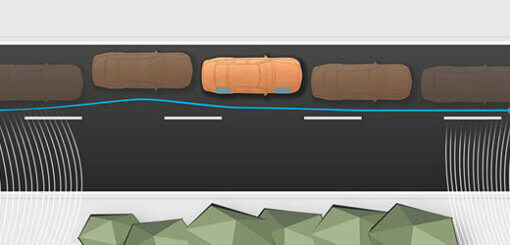
- #Mercedes attention assist take a break mean drivers#
- #Mercedes attention assist take a break mean driver#
- #Mercedes attention assist take a break mean skin#
- #Mercedes attention assist take a break mean plus#
#Mercedes attention assist take a break mean driver#
Mazda: Driver Attention Alert Activates at speeds above 65 kilometres per hour (40 mph).Kia: Driver Attention Warning (DAW), debuted with the 2018 Stinger.The warning continues until the OK button on the steering wheel menu control is pressed. When driving continues for more than 15 minutes after the first warning, without taking a break, a further warning is given.

When the feature determines if the driver is fatigued, the message center displays the warning, TAKE A BREAK!, for 1 minute, accompanied by an audible chime.
#Mercedes attention assist take a break mean skin#
Requires body sensors to measure parameters like brain activity, heart rate, skin conductance, muscle activity, head movements etc. Uses computer vision to observe the driver's face, either using a built-in camera or on mobile devices. Monitoring a driver this way only works as long as a driver actually steers a vehicle actively instead of using an automatic lane-keeping system. Primarily uses steering input from electric power steering system. Various technologies can be used to try to detect driver drowsiness. 1.2 Vehicle position in lane monitoring.
#Mercedes attention assist take a break mean drivers#
The use of steering wheel movements has proved to be particularly telling, as overtired drivers are more likely to make constant adjustments to keep the vehicle moving in the intended direction, correcting each small error in a manner that the computer can easily detect.

#Mercedes attention assist take a break mean plus#
In addition to the vehicle speed and linear/lateral acceleration, the Mercedes system also registers, among other elements, steering wheel movements, indicator and pedal operation, plus a number of specific control operations and external influences such as side winds or uneven road surfaces. The problem is even worse at night or in monotonous driving conditions.Īttention Assist monitors the driving behavior of the driver, generating an individual driver profile which is constantly compared to a flow of sensor data. The risk of an accident is doubled after this length of time, and after six hours of driving it is no less than eight times as high. Studies have shown that the reaction times of drivers can be 50 percent longer after only four hours of non-stop driving. The risk of the so-called 'one second nap' is very real. The company has now revealed that cars will be fitted with the technology starting in early 2009. To counteract the threat of falling asleep while driving, Mercedes Benz developed the Attention Assist system, shown late last year in near-production form.

Nodding off at the wheel is one of the chief hazards facing drivers, especially during long trips and during late-night jaunts.


 0 kommentar(er)
0 kommentar(er)
